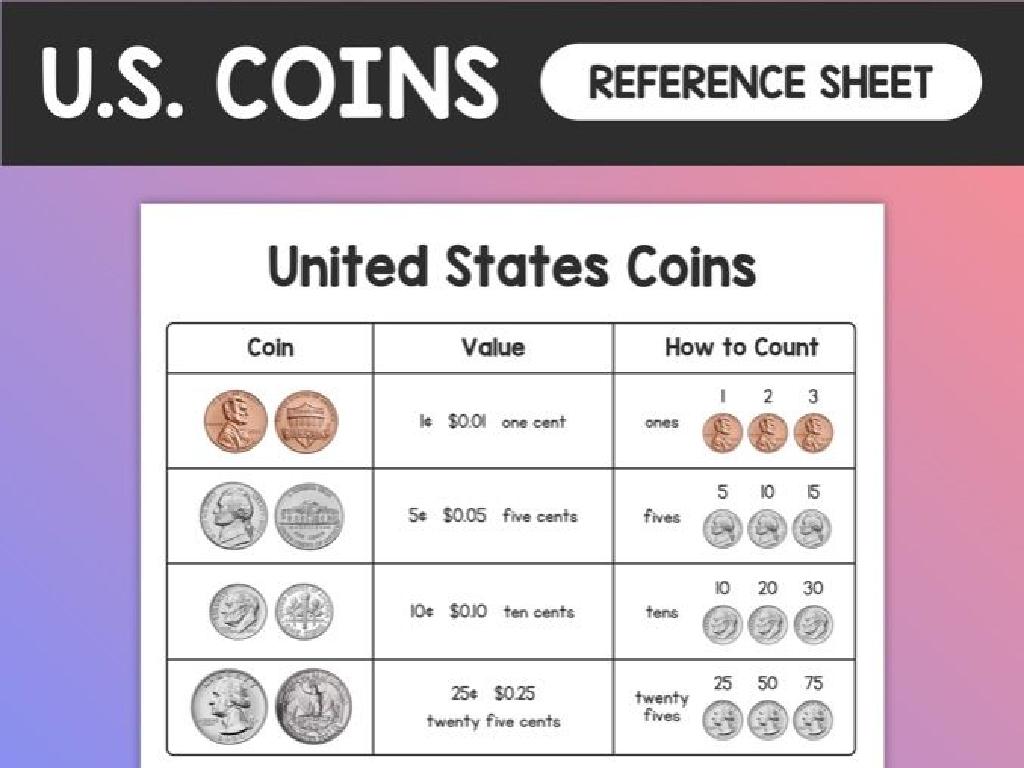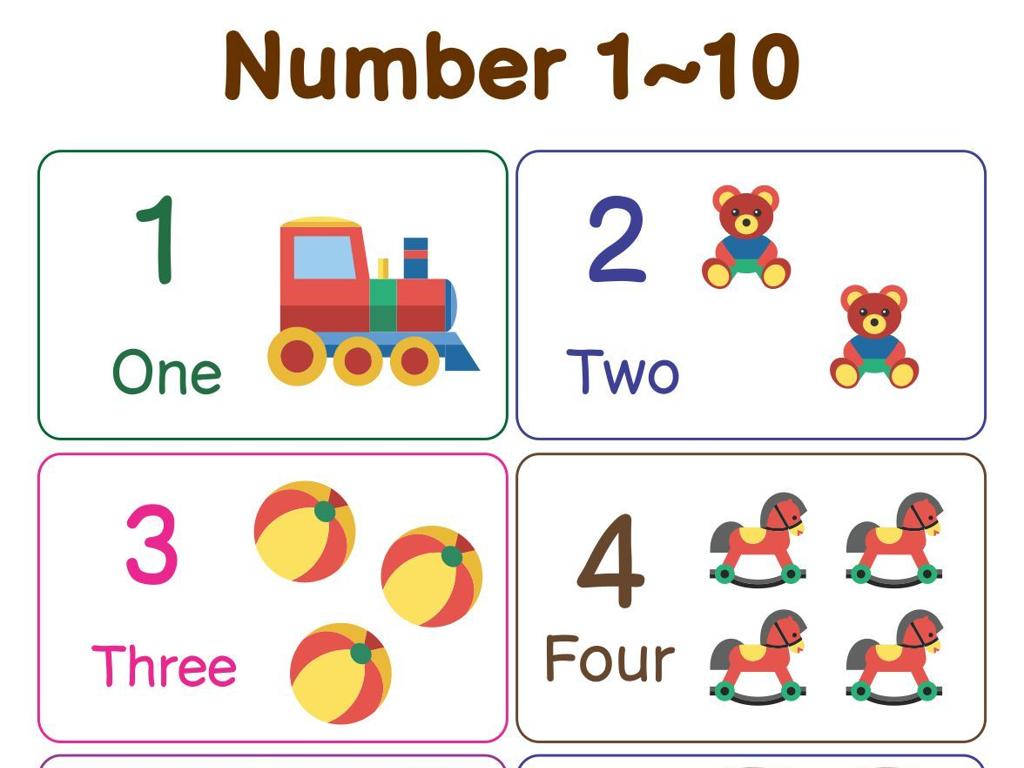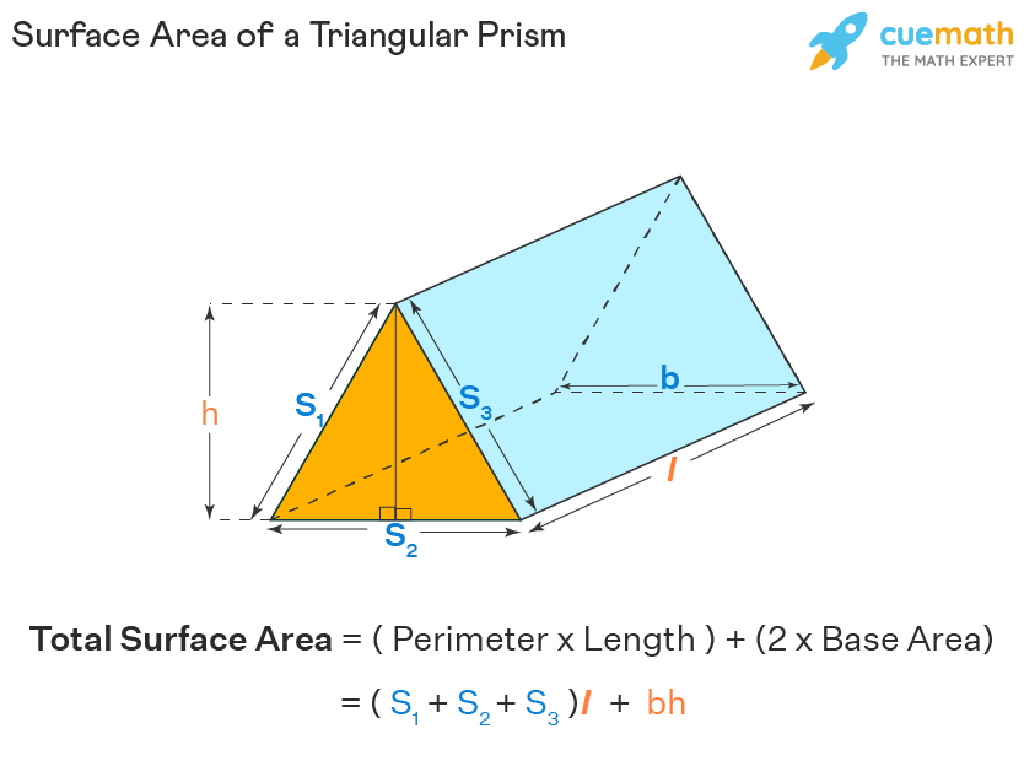Customary Units Of Length: Word Problems
Subject: Math
Grade: Second grade
Topic: Customary Units Of Length
Summary: This engaging second-grade math presentation introduces customary units of length-such as inches, feet, yards, and miles-used in the United States. Students explore when to use each unit, practice converting between them, and solve word problems to reinforce their understanding. Activities like measuring classroom objects and a scavenger hunt make learning practical and fun. The lesson builds foundational measuring skills while connecting concepts to real-life scenarios for confident future problem-solving.
Please LOG IN to download the presentation. Access is available to registered users only.
View More Content
Exploring Customary Units of Length
– Ways to measure length
– Customary units introduction
– Units like inches and feet are used in the USA.
– Inches, feet, yards, and miles
– Small items are measured in inches, longer in feet, very long in yards, and distances in miles.
– Solving length word problems
– Use these units to figure out problems like, ‘How many inches are three feet?’
|
This slide introduces second-grade students to the concept of measuring length using customary units common in the United States. Start by discussing various methods of measurement and then focus on customary units such as inches, feet, yards, and miles. Explain that different units are used based on the size of the object or distance being measured. Provide relatable examples, such as measuring a pencil using inches or a room using feet. Introduce word problems to apply their understanding, such as converting feet to inches or adding measurements together. Encourage students to think of items they could measure using each unit to make the concept more concrete.
Inches and Feet: Measuring Fun
– A foot has 12 inches
– Use inches for small objects
– Like a pencil or a paperclip
– Use feet for bigger objects
– Like a desk or a blackboard
– Let’s measure classroom items!
– We’ll use rulers to find lengths
|
This slide introduces students to the concepts of inches and feet, which are customary units of length. Start by explaining that one foot is equal to 12 inches. Discuss with the students when it is appropriate to use inches (for measuring small objects) and when to use feet (for measuring larger objects). Engage the students in a hands-on activity where they will measure various items in the classroom using rulers and record their lengths in inches or feet. This activity will help them understand the practical application of these measurements. Provide guidance on how to hold the ruler and where to start measuring from. Encourage students to estimate before measuring to build their spatial awareness.
Exploring Yards in Customary Units
– Understanding a yard
– A yard is a length measure, used in fabric or for measuring distances.
– Feet in one yard
– One yard equals three feet.
– Yards vs. feet chart
– Visual chart to compare yards and feet.
– Practice with word problems
|
This slide introduces the concept of a yard as a customary unit of length. Begin by explaining that a yard is commonly used in the United States for measuring various lengths, such as the length of a football field or fabric at a store. Clarify that one yard is made up of three feet, which helps in understanding how to convert between yards and feet. Use a visual chart to help students compare and understand the relationship between yards and feet. Finally, prepare some word problems that involve converting yards to feet and vice versa to reinforce the concept. For example, ‘If a football field is 100 yards long, how many feet long is it?’ or ‘Your ribbon is 6 feet long, how many yards of ribbon do you have?’
Exploring Miles in Everyday Life
– Grasping the length of a mile
– A mile is a long way to walk!
– Miles to yards conversion
– There are 1,760 yards in one mile.
– Real-world mile examples
– The distance from our school to the park is about a mile.
|
This slide aims to help second-grade students understand the concept of a mile, a customary unit of length. Start by explaining that a mile is a unit used to measure long distances, like the distance from home to school or around a park. Use familiar landmarks to help them visualize a mile. Teach them the conversion that one mile equals 1,760 yards, which might be equivalent to 17 football fields laid end to end. Provide relatable examples, such as the distance from their school to a nearby park, to help them grasp the concept. Encourage students to think of other examples of mile-long distances they may have encountered.
Choosing the Right Unit of Measurement
– Measuring a pencil
– Inches are perfect for small items like pencils.
– Measuring a car
– Cars are best measured in feet.
– Measuring a park
– Use yards to measure larger areas like parks.
– Tips for the right unit
– Think about the size of the object and match it to inches, feet, or yards.
|
This slide is aimed at helping second-grade students understand how to choose the appropriate unit of length for different objects. Start by explaining that inches are suitable for small objects, such as pencils. Then, move on to larger items like cars, which can be measured in feet. For very large spaces, such as parks, yards are the best unit to use. Provide tips on how to estimate the size of an object and decide whether to use inches, feet, or yards. Encourage students to think about objects in their own environment and what units they would use to measure them. This will help them grasp the concept of scale and the practical use of different units of measurement.
Practice Time: Length Word Problems
– Read the problem for clues
– Look for keywords about length like ‘tall’, ‘long’, or ‘wide’.
– Choose the right length unit
– Inches, feet, or yards? Pick the best one for your problem.
– Let’s solve problems together
– We’ll work through examples as a team and learn from each other.
– Share your answers with the class
|
This slide is designed to engage second-grade students in solving word problems involving customary units of length. Start by guiding them to read the problem carefully and identify keywords that indicate length. Discuss how to choose the appropriate unit of measurement, whether it’s inches for small objects, feet for medium-sized items, or yards for larger distances. Work through sample problems as a class, encouraging participation and demonstrating problem-solving strategies. Finally, allow students to share their solutions and explain their reasoning, fostering a collaborative learning environment.
Class Activity: Measurement Scavenger Hunt
– Find items to measure in class
– Measure lengths in inches, feet, or yards
– Record your measurements
Use a ruler or tape measure for accuracy
– Share findings with the class
Tell us what you measured and how long it was
|
This interactive activity is designed to help students apply their knowledge of customary units of length in a fun and engaging way. Provide students with rulers, tape measures, or yardsticks. Explain how to use each tool and review what inches, feet, and yards look like. Divide the class into small groups and assign different areas of the classroom to each group. Encourage them to find a variety of items to measure. After the hunt, each group will record their findings and present them to the class, discussing the lengths of different items and the units used. Possible items to measure could include a bookshelf, a desk, a piece of paper, or the classroom door. This will help students visualize and understand the size of each unit of measurement.
Wrapping Up: Length Units
– Review of length units
– Inches, feet, yards, and miles
– Importance of length units
– Helps measure and compare objects
– Looking ahead to weight units
– Exciting class activities next!
– Get ready for fun with pounds and ounces!
|
As we conclude today’s lesson on customary units of length, it’s crucial to recap the units we’ve covered: inches, feet, yards, and miles. Understanding these units allows students to measure objects and spaces accurately, which is an essential skill in everyday life. It also helps them compare different lengths and understand spatial relationships. Next class, we’ll dive into customary units of weight, exploring pounds and ounces through engaging activities. Prepare the students by reminding them of the importance of these concepts and how they relate to real-world scenarios. Encourage them to bring examples of items they would like to measure or weigh, fostering a connection between their learning and their environment.





